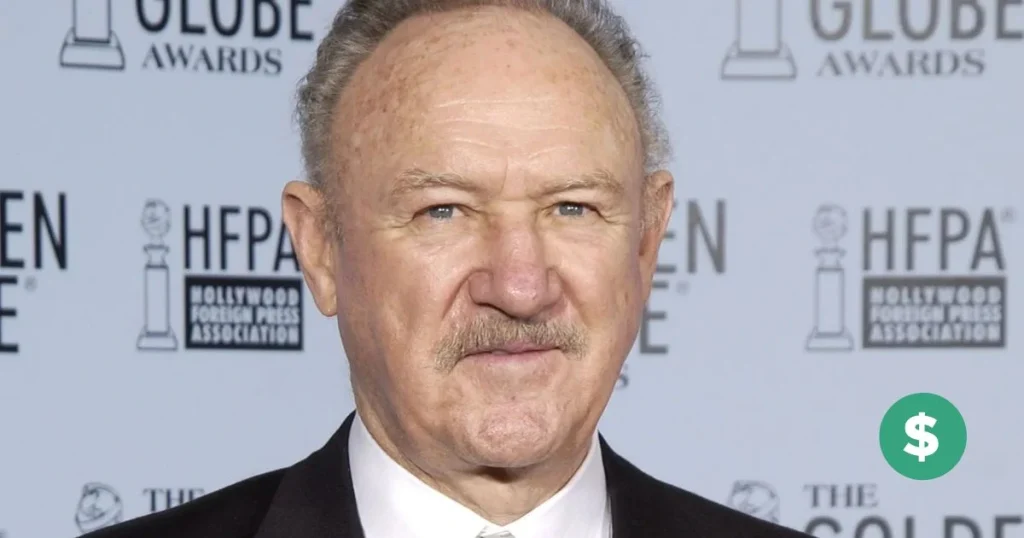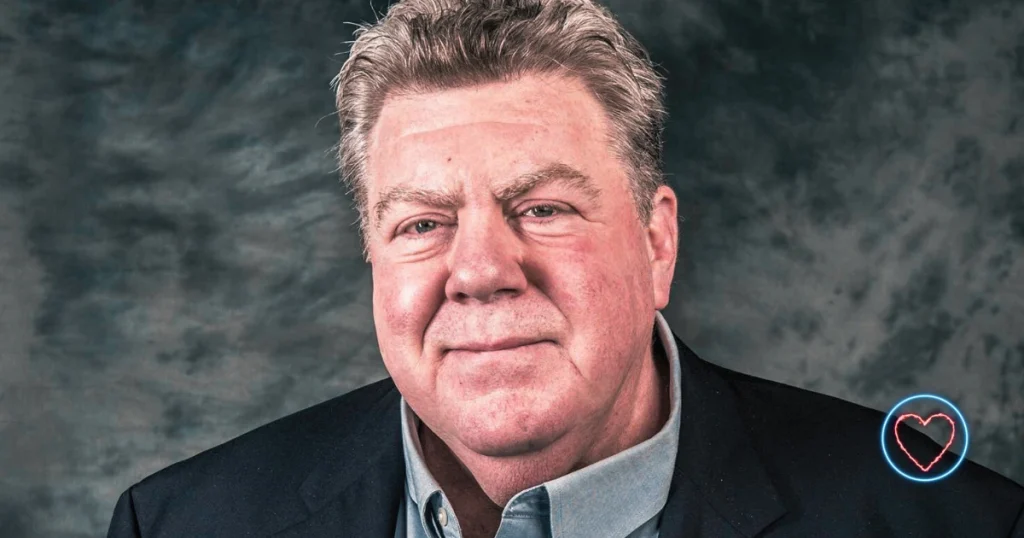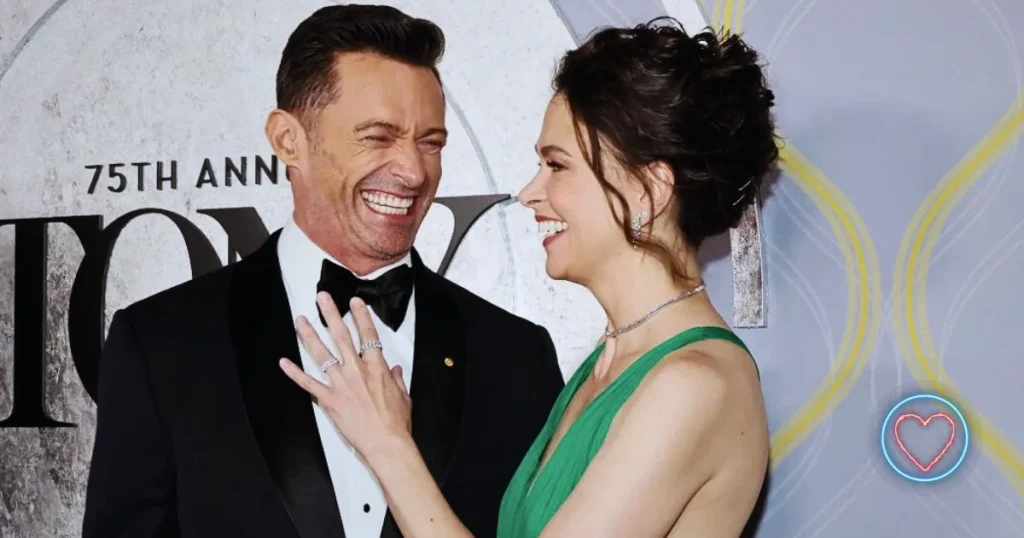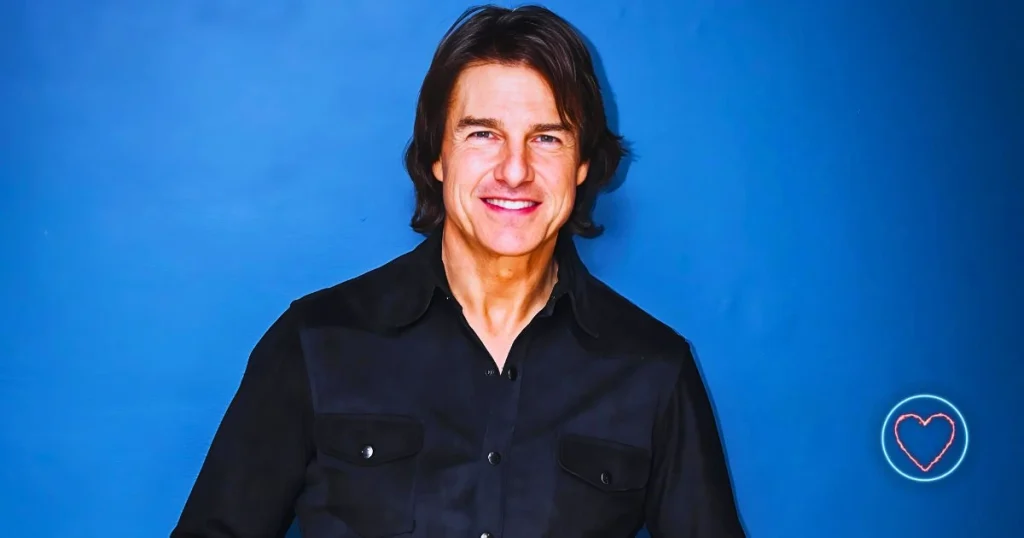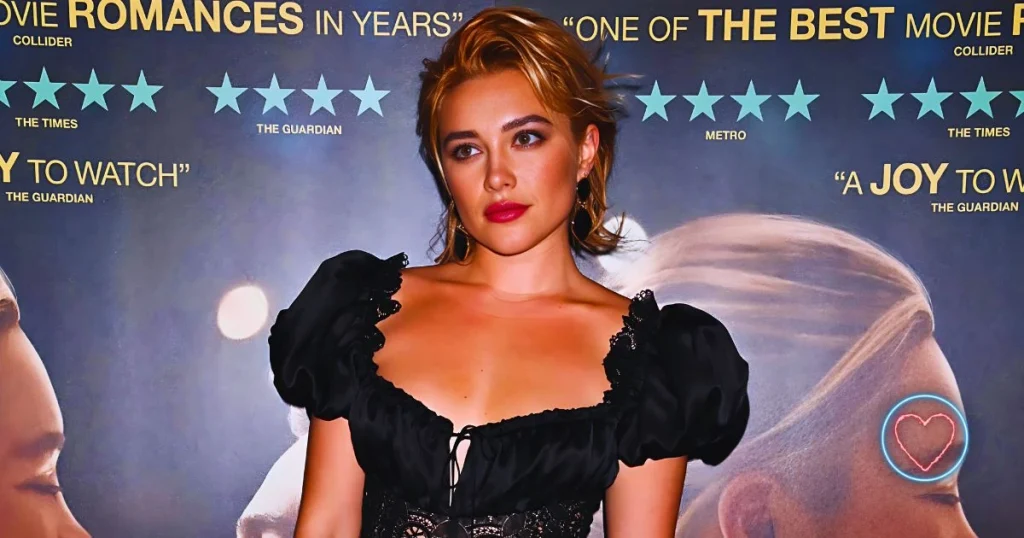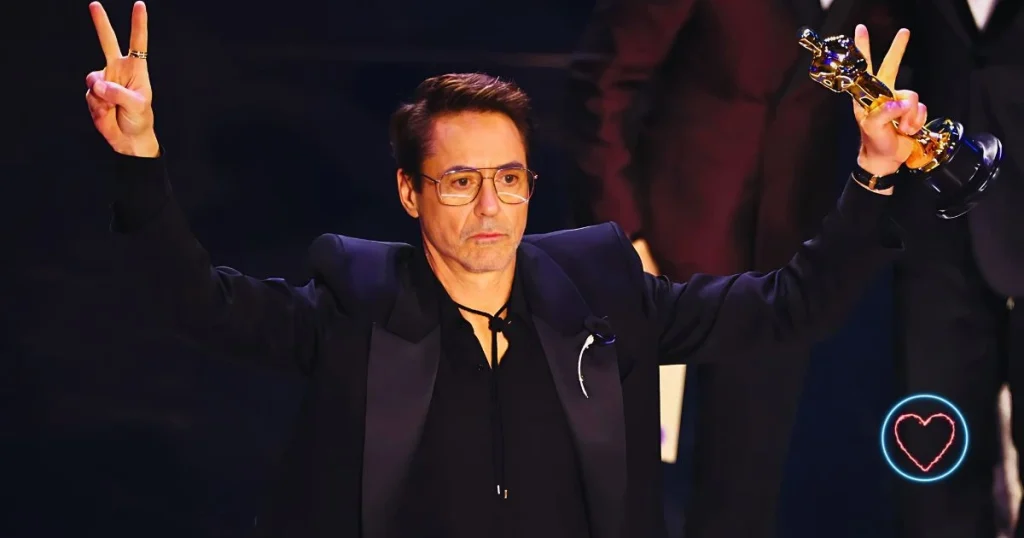Gene Hackman’s name evokes a rare blend of toughness, vulnerability, and authenticity. With a career spanning more than four decades and over 80 film credits, Hackman carved a niche in Hollywood as one of its most respected and versatile actors. From intense dramas to crime thrillers, and even lighthearted comedies, Hackman’s performances always carried a unique emotional gravity. Despite his aversion to the spotlight and his quiet retirement, his legacy endures as a blueprint for serious acting in American cinema.
Early Life and Background
Eugene Allen Hackman was born on January 30, 1930, in San Bernardino, California. His childhood was marked by hardship and instability. When Gene was 13, his father abandoned the family. This traumatic event had a lasting impact on him, influencing both his personal and professional life. Raised by his mother in Danville, Illinois, Hackman struggled academically and enlisted in the U.S. Marine Corps at the age of 16, lying about his age to join.
His time in the Marines gave him discipline and exposure to the wider world. After leaving the service, Hackman held a series of odd jobs including doorman, truck driver, and TV cameraman. His interest in acting sparked during this time, eventually leading him to study at the Pasadena Playhouse in California. Ironically, Hackman was voted “least likely to succeed” by his classmates—an evaluation that history would prove laughably incorrect.
Rise to Stardom
Hackman’s early career wasn’t glamorous. He moved to New York City, where he roomed with fellow struggling actor Dustin Hoffman. Both men faced repeated rejection for being “unconventionally” handsome. Nevertheless, Hackman persisted. He began appearing in off-Broadway plays and television shows in the early 1960s, gradually earning respect for his grounded and unflashy style.
His breakthrough came in 1967 with a supporting role in Bonnie and Clyde. Hackman’s portrayal of Buck Barrow, Clyde’s brother, earned him his first Academy Award nomination for Best Supporting Actor. The film was a cultural touchstone, and Hackman’s gritty, magnetic performance made audiences and critics take notice.
Defining Roles and Critical Acclaim
The 1970s marked a golden era for Hackman. He won his first Academy Award for Best Actor for his role as Detective Jimmy “Popeye” Doyle in The French Connection (1971). The film, a gritty police procedural, revolutionized the crime genre. Hackman’s Doyle was a flawed antihero, driven by obsession rather than justice—a far cry from the clean-cut protagonists of earlier decades.
Hackman’s commitment to realism and depth in his performances set him apart. He refused to play caricatures. Instead, he portrayed deeply human characters: troubled, sometimes morally ambiguous, but always compelling. During this decade, he delivered several notable performances, including in The Conversation (1974), directed by Francis Ford Coppola. In this psychological thriller, Hackman plays a surveillance expert whose work leads to paranoia and existential dread. The film was acclaimed for its prescient themes, and Hackman’s portrayal was understated but profoundly affecting.
Versatility and Later Success
As Hackman aged, his performances grew more nuanced. In the 1980s and 1990s, he showed remarkable versatility. He could shift from action-heavy roles to comedic or dramatic parts with ease.
In Hoosiers (1986), Hackman played a down-on-his-luck basketball coach who redeems himself by inspiring a small-town high school team. The film is widely considered one of the best sports dramas of all time, and Hackman’s performance was both emotionally resonant and grounded.
Another significant milestone was Unforgiven (1992), Clint Eastwood’s revisionist western. Hackman played “Little Bill” Daggett, a brutal sheriff who believes in law and order but exercises it through cruelty. The role won Hackman his second Academy Award, this time for Best Supporting Actor. It was a powerful reminder that Hackman could play both hero and villain with equal conviction.
Notably, Hackman didn’t shy away from more commercial fare. He played Lex Luthor in the Superman franchise (1978, 1980, 1987), bringing a mix of menace and humor to the iconic villain. He also appeared in action films like Crimson Tide (1995) and thrillers such as The Firm (1993), often elevating the material with his gravitas.
Collaborations and Craft
Unlike some actors who depend heavily on directors for guidance, Hackman was known for his instinctive approach. He collaborated with some of the most respected filmmakers of his time, including William Friedkin, Arthur Penn, Francis Ford Coppola, Clint Eastwood, and Wes Anderson.
In The Royal Tenenbaums (2001), directed by Wes Anderson, Hackman played Royal Tenenbaum, a deeply flawed but oddly lovable patriarch. His performance balanced comedy and poignancy and won him a Golden Globe for Best Actor. It was one of his final and most beloved roles.
Hackman’s acting style has been described as “internal.” He avoided flashy techniques, opting instead for subtle expressions and natural dialogue delivery. His goal was always to serve the story, not to dominate it. This humility and commitment to the craft earned him immense respect among peers.
Retirement and Life After Hollywood
In 2004, Hackman quietly stepped away from acting. His last feature film was Welcome to Mooseport, a political comedy co-starring Ray Romano. While the movie was not a critical success, Hackman felt it was time to move on.
Since retiring, Hackman has kept a low profile. He relocated to New Mexico and began writing novels, collaborating with author Daniel Lenihan on several historical fiction works. He has also enjoyed painting and voice narration, occasionally lending his voice to documentaries.
Importantly, Hackman has expressed no regrets about leaving Hollywood. In interviews, he’s said that acting had begun to take a toll on his health and that he was content with his career. Fans, however, continue to hope for one final performance, though Hackman has shown no inclination to return.
Awards and Honors
Over his career, Gene Hackman received numerous accolades:
- 2 Academy Awards (Best Actor for The French Connection; Best Supporting Actor for Unforgiven)
- 4 Golden Globe Awards
- 2 BAFTA Awards
- Screen Actors Guild Life Achievement Award (2003)
- American Film Institute Life Achievement Award (2012)
Hackman was also inducted into the American Theater Hall of Fame, a nod to his roots on the stage.
Legacy and Cultural Impact
Gene Hackman’s legacy goes beyond awards. He represented a shift in American acting—from glamorous, idealized portrayals to gritty, realistic characters. Alongside contemporaries like Dustin Hoffman, Al Pacino, and Robert Duvall, Hackman helped usher in the New Hollywood era of the 1970s.
Younger generations of actors frequently cite Hackman as an influence. His performances have become case studies in film schools, especially for his ability to balance intensity with subtlety. Importantly, Hackman never relied on celebrity. He valued craft over fame, a quality that endeared him to critics and co-stars alike.
In an age where actors often dominate social media and tabloids, Hackman’s reclusive lifestyle is almost refreshing. He let the work speak for itself—and what a body of work it is.
Conclusion
Gene Hackman may have retired from acting, but his performances continue to captivate audiences and inspire fellow actors. Whether as the hard-nosed Popeye Doyle, the heartbroken Harry Caul, the menacing Little Bill, or the eccentric Royal Tenenbaum, Hackman brought a level of realism and emotional depth that few could match.
His career was never about vanity or stardom—it was about storytelling, and in that, Hackman remains one of the greats. As time goes on, his influence only deepens, proving that you don’t have to chase the spotlight to become a legend.
